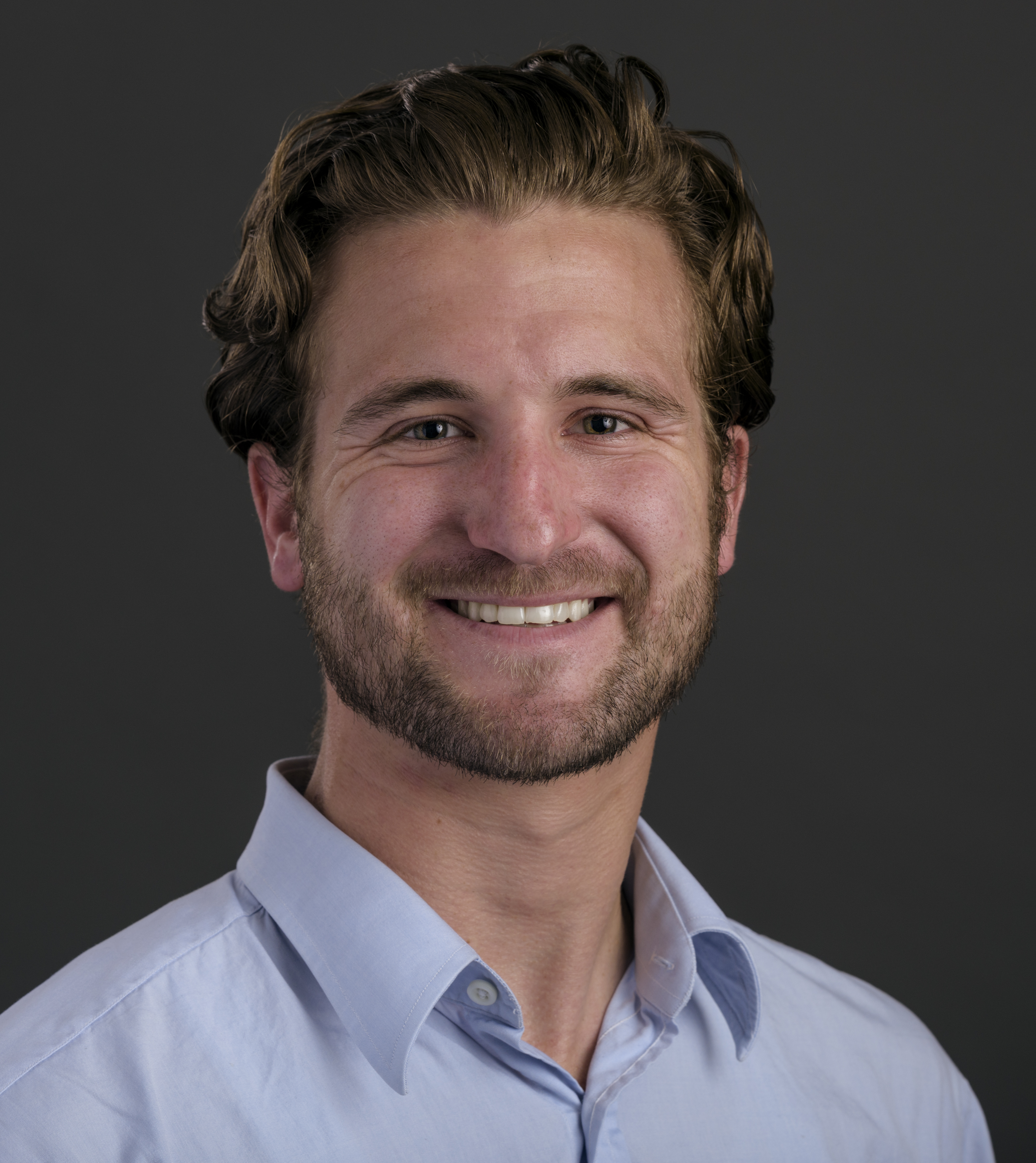Detection of Underground Nuclear Explosions: improving estimates of subsurface radionuclide transport using experimental Xe diffusion data and numerical methods
Date:
Los Alamos, NM
Poster at LANL Student Symposium
Los Alamos National Laboratory
Abstract: Radionuclide gases produced by underground nuclear explosions (UNEs) can seep to the earth’s surface over periods of hours to months. Later-time gas transport (i.e. that transport not taking place immediately after the explosion) can represent a significant portion of radionuclide gas brought to the surface. The later-time gas seepage is driven by atmospheric pressure fluctuations (i.e. barometric pumping), which is a complicated phenomenon caused by many processes (i.e., atmospheric tides, weather patterns, latitude, lunar cycle, seasons). Predicting the arrival times of detectable quantities of such gases is important for verifying (non-)compliance with the Comprehensive Nuclear Test-Ban Treaty. Gas breakthrough times are highly sensitive to uncertainties associated with a variety of hydrogeologic parameters, including: rock type, fracture aperture, matrix permeability, porosity, and saturation). We conduct this research using a bilateral approach that combines laboratory gas experiments and numerical modeling to hone certain simplifying assumptions in our current models of gas transport. Using a gas diffusion cell, we are able to measure air pressure transmission through fractured tuff core samples while also measuring Xe gas breakthrough measured using a mass spectrometer. We can thus create synthetic barometric fluctuations akin to those observed in field tests and measure the associated gas flow through the fracture and matrix pore space for varying degrees of fluid saturation. We then attempt to reproduce the experimental results using numerical models in PLFOTRAN and FEHM codes to better understand the importance of different parameters on radionuclide gas transport. In so doing, we can better determine the appropriateness of several different common flow and transport model assumptions in representing these transport processes. This will aid us in our application of such models to larger, field-scale tests and improve our ability to predict surface gas breakthrough times.
